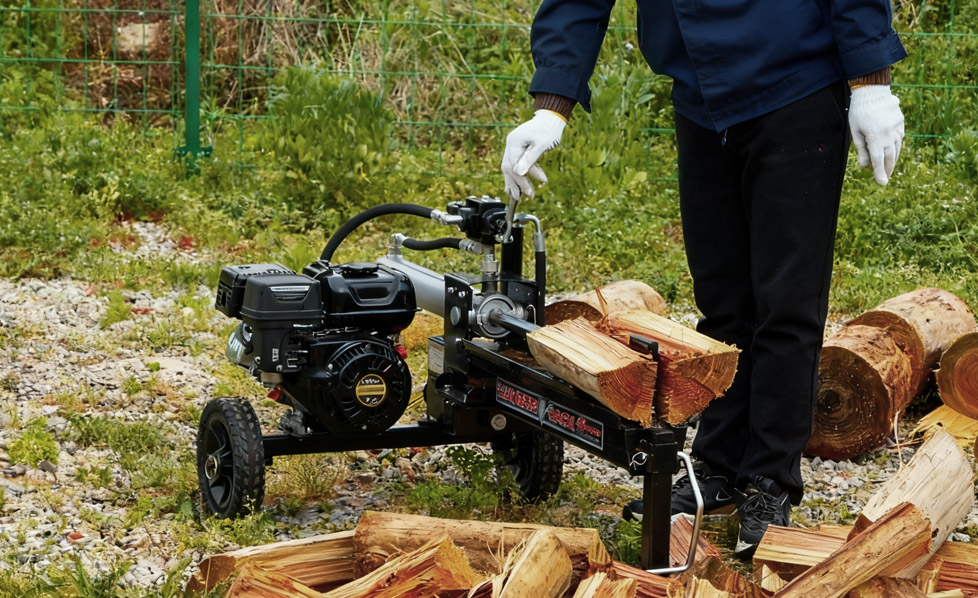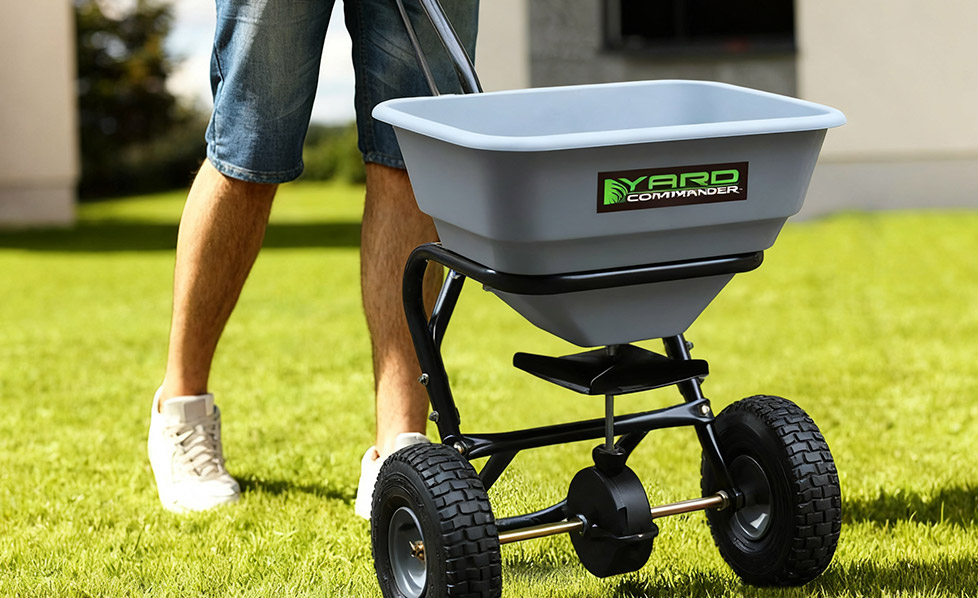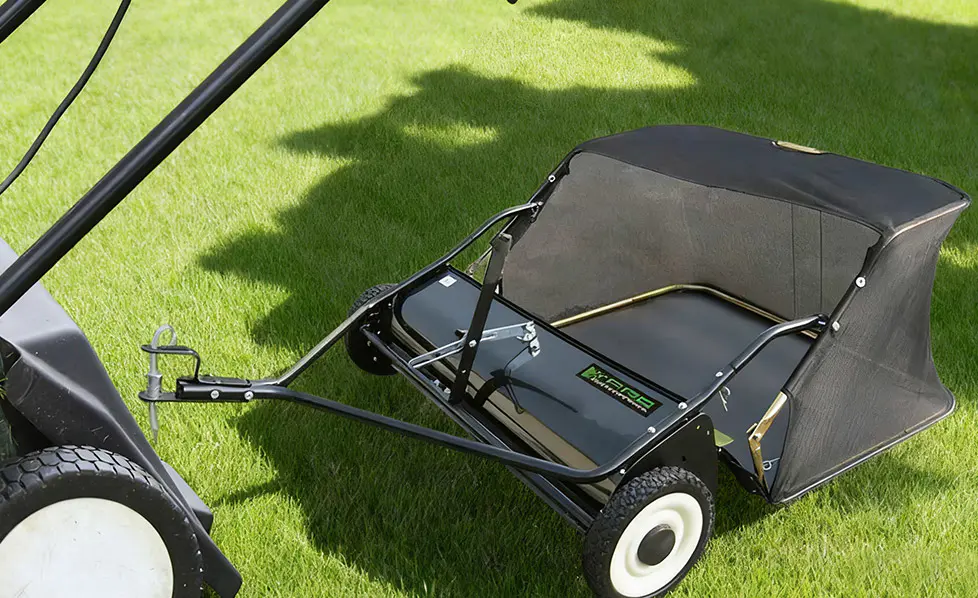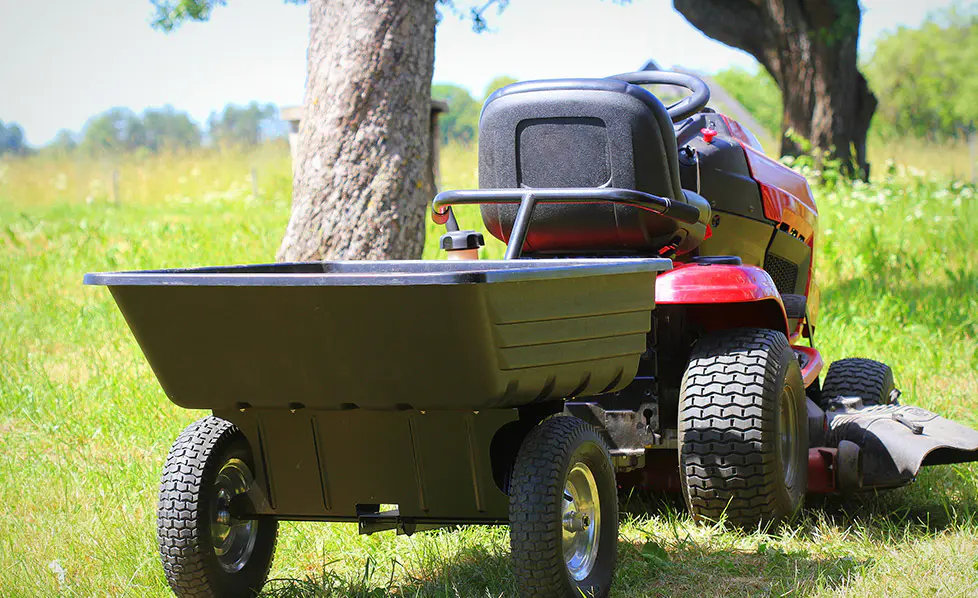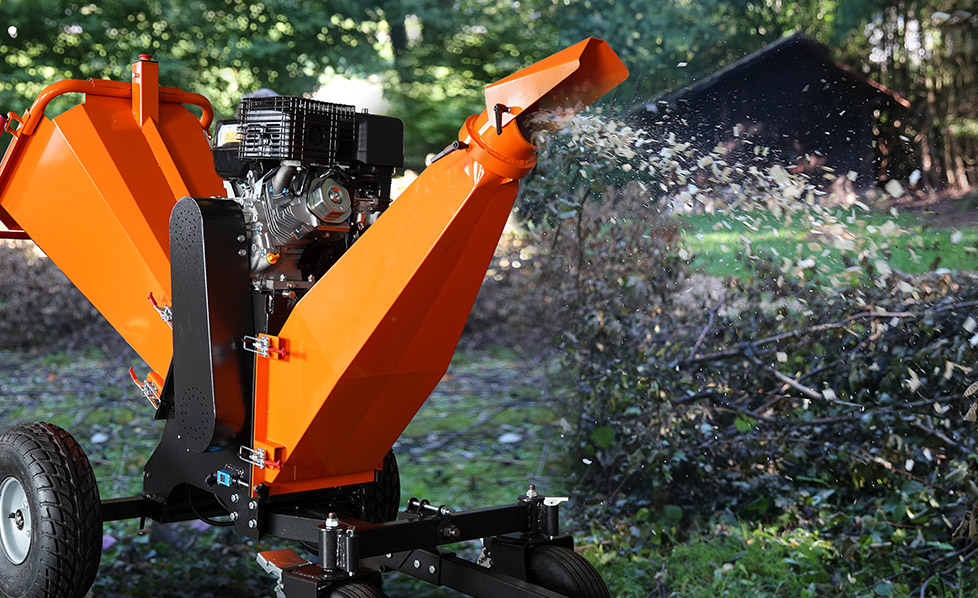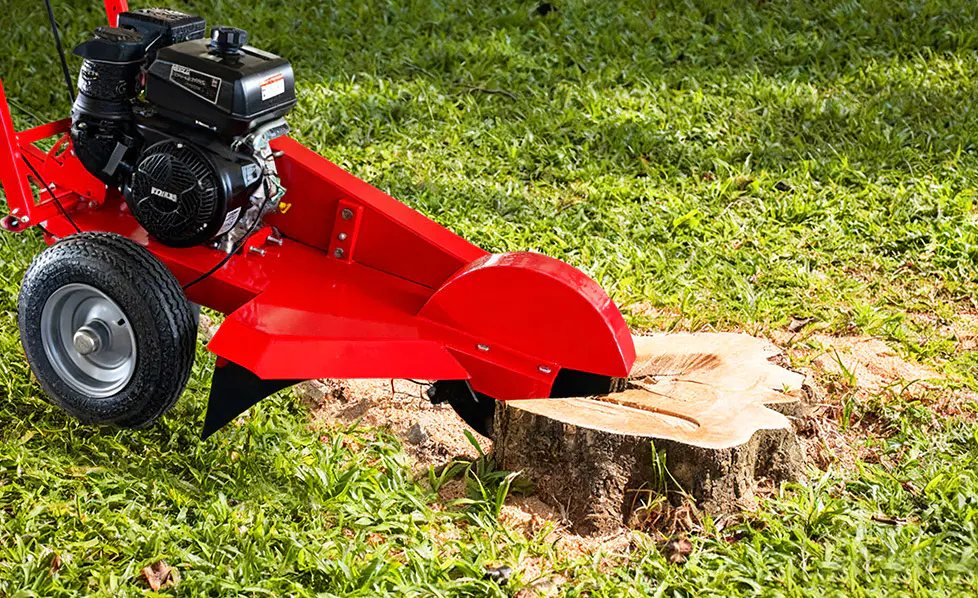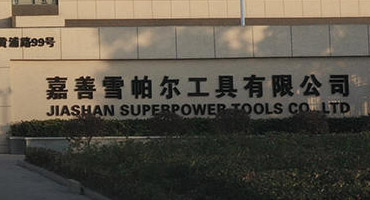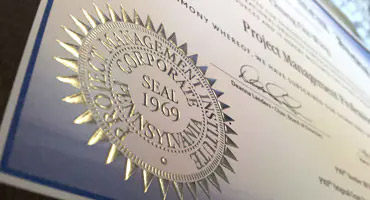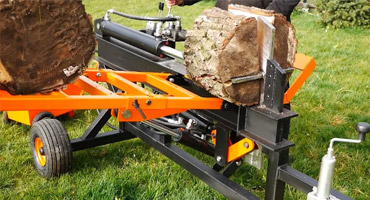 LANGUAGE
LANGUAGE


Web Menu
Product Search
Language
Exit Menu
We provide quality products and services to customers from all over the world.
How does the molecular structure of polyethylene give dump trucks corrosion resistance?
The core advantage of poly dump carts comes from the unique molecular structure of polyethylene. This polymer system composed of saturated carbon chains and inert functional groups blocks the corrosion reaction path at the microscopic level, builds a natural chemical protection barrier for the carriage, and enables the dump truck to maintain structural integrity and stable performance in harsh transportation environments.
When metal carriages transport acidic industrial wastewater, metal atoms will undergo a replacement reaction with hydrogen ions in the acid, gradually dissolving to form holes; when in contact with salted goods, chloride ions will destroy the oxide film on the metal surface and accelerate electrochemical corrosion. These reactions not only weaken the strength of the carriage, but may also cause material leakage and cargo contamination. In contrast, as a high molecular polymer, the chemical stability of polyethylene's molecular structure has become the key to resisting corrosion. Polyethylene is composed of a large number of repeated ethylene units (-CH2-CH2-) tightly connected by covalent bonds. This saturated carbon chain structure does not have double bonds or triple bonds that are easily oxidized, which eliminates the possibility of corrosion caused by oxidation from the root. At the same time, there are no active functional groups on its molecular chain that can react with acids and alkalis, which makes polyethylene extremely inert when facing corrosive media.
When transporting highly acidic electroplating waste liquid, due to the inertness of the polyethylene molecular chain, hydrogen ions cannot undergo a replacement reaction with the material, and the inner wall of the carriage will not corrode and dissolve; in the face of high-salinity seafood transportation, chloride ions are difficult to destroy the molecular structure of polyethylene, effectively avoiding the electrochemical corrosion problem similar to that of metal carriages. This "immune" property at the chemical level enables polyethylene carriages to maintain integrity in a variety of corrosive environments. The close arrangement and non-polar properties of polyethylene molecules enhance its anti-penetration ability. It is difficult for corrosive liquids to penetrate the molecular gaps and enter the interior of the material. Even if they are briefly attached to the surface of the carriage, they will not cause substantial damage due to the lack of chemical reaction sites.
The advantages of the polyethylene molecular structure are not only reflected in its resistance to single corrosive substances, but also in its tolerance to complex mixed media. When handling urban domestic waste, the carriage must simultaneously deal with acidic liquids produced by decaying organic matter, alkaline components in residual detergents, and electrochemical corrosion that may be caused by metal debris. Polyethylene, with its stable carbon chain skeleton and inert functional groups, can isolate various corrosion inducements and avoid the coordinated destruction of multiple corrosion mechanisms. Its non-polar surface also has low adsorption and is not easy to adhere to corrosive liquids, further reducing the risk of corrosion.
NEXT:Collaborative design and efficient operation mechanism of composite cleaning system for lawn sweeper
Interested in cooperation or have questions?
- No. 158 Songhai Road, Huimin Town, Jiashan City, Zhejiang Province P.R. China
-
Tel:
0086 573 8464 3695
0086 573 8464 7353
- E-mail: [email protected]

 English
English
